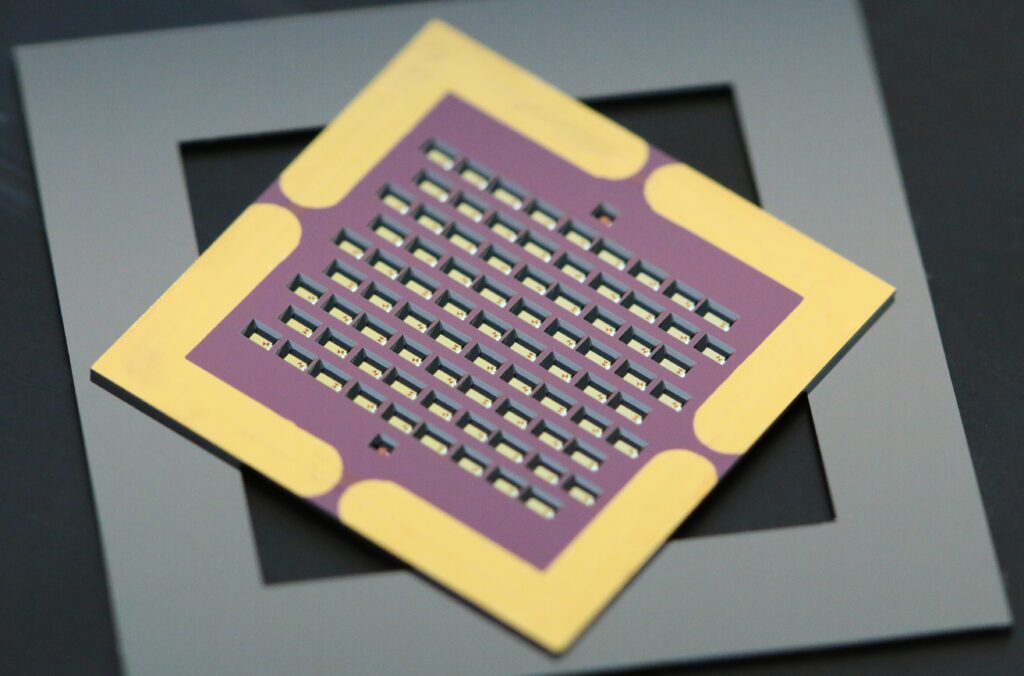A Dutch consortium of SRON, TU Delft, NOVA and Veldlaser receives NSO funding to further develop PRIMA’s far-infrared detector. PRIMA is one of the two remaining candidates to become NASA’s Probe mission. SRON’s role is to develop the Kinetic Inductance Detectors (KIDs) for the PRIMAger instrument. The consortium will use the funding to push the detectors to a higher level. In space terms: to TRL-6.
terahertz gap
One of the largest blind spots on our window to the Universe is at far-infrared wavelengths, known as the terahertz gap. The atmosphere blocks this radiation and space telescopes experience noise from their own mirror as it emits heat radiation in far-infrared. Astronomers can only bridge the terahertz gap by using cooled detectors close to absolute zero.
Kinetic Inductance Detectors
Such a setup has been in development in the last decades by Professor Jochem Baselmans (SRON/TU Delft) and his team. In 2022, the team showed their KIDs are even sensitive enough to see the infrared background radiation of the Universe. That makes them more than able to fully exploit PRIMA’s capability with all its optics, including a 1.8 m primary mirror cooled down to 4.5 K(-268C).
one of the last unexplored areas
Previous detectors were unable to exploit the benefits of such a valuable cold telescope in space. ‘With the combination of KIDs and a large cold mirror, we will see many things for the first time, for example the dust in the very first galaxies,’ says Baselmans. ‘And who knows what else. This part of the spectrum is one of the last unexplored areas in astronomy.’
consortium
The financial support of NSO will be used for the demonstration of the detector performance and evaluation of the capability of the entire module to withstand space conditions, which is in line with the TRL development from 4 to 6. The consortium—called Ready fOr naSa primA – Kinetic Inductance Detector (ROSA-KID)—brings together SRON, TU Delft, NOVA and Veldlaser. TU Delft will be supporting the detector development, in particular radiation coupling, NOVA will support with design, manufacturing and delivery of a sub-component. Veldlaser will provide the manufacturing and delivery of silicon lens arrays.



